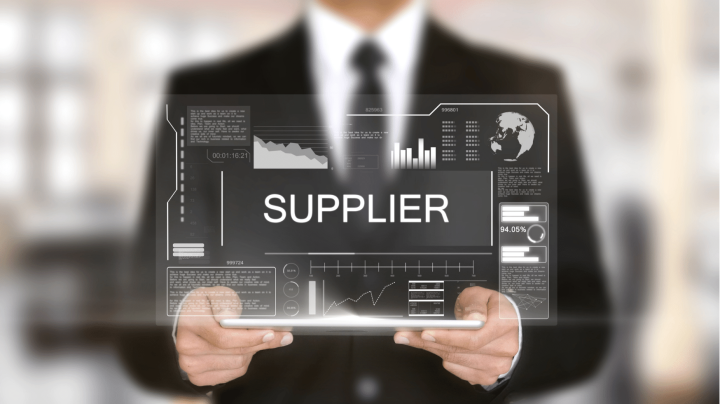In the nineties it was commonplace for large organizations to have sizable departments managing supplier invoices, pushing the boundaries of what was agreed in payment terms to the maximum ensuring that the funds stayed within their reach until they absolutely needed to be released to the waiting supplier. While this extended and slow process gave the impression of the company being richer and having more disposable dollars, the actual truth was the opposite.
A major European retail company used to pride itself on not having paid for goods until they were on the shelf being sold within one of its many hundreds of stores, these were complex electronic products that were purchased off the production line while being made in faraway locations. These products were then labelled, marketed, shipped and further advertised for knockdown prices to beat the competition and yet the payment process was not even started until the first one had gone through the register.
Fiscally based management of suppliers like this is of course a complete failure, rather than strengthen the retailer’s position by having funds within their control for longer, it caused irreputable damage to their organisation. This led them into a downward spiral that ended when they were purchased by one of the suppliers they had so poorly treated in the past. Over the past two decades rather than grow and prosper, capitalising on their #1 market position, they have diminished and been brow-beaten by the market changes and with the huge growth of the online market. What this company failed to understand is that by holding on and not paying key suppliers whom they relied upon they lost their relationship with people they needed. So, when things started to go wrong as they inevitably do in business, they had no one to help them and minor things became major events overnight. Importantly there was also huge cost incurred in holding onto that money for longer than originally agreed, invoices had to be managed, final demands responded too and when something did go wrong, and a legal route was taken, naturally the costs spiralled again. People and processes were needed to manage this paper trail of faxes and emails, these functions had to be supported adding to organisations infrastructure costs etc. This amounted to increasing tangible and intangible hidden costs that were not instantly visible to anyone looking. On top of this the human element was strained and key relationships were lost under the guise of “increased Buying Power”.
Hindsight being a great storyteller we can look back and see that there was another way this major retailer could have gone and one that is more prevalent now in the Procurement sector. The days of the extended purchase to pay route are swiftly becoming a thing of the past as eProcurement offers a better way by paying suppliers quickly (although never quick enough for suppliers) and dramatically reducing the cost of the payment process. Suppliers of Corporate businesses are now sold on how easy the procurement engagement process will be with ERP (Enterprise Resource Platform) systems such as SAP Ariba and Coupa to name but a few. Once educated and integrated, ideally more opportunity should be available to the supplier to sell their wares to willing, pre-approved users within the organisation. A dramatically streamlined process of the company first mentioned at the start of this article and one that has matured into an effective solution being rolled out as eProcurement the world over. One key element that has struggled though has been commodities with a high number of variable attributes such as personalised, promotional, time sensitive or even fast turnaround products. However, these can still be manged in a more effective way within the ERP platform by even better engagement with the supply chain and something called PunchOut or RoundTrip, something that Corvolo has great experience in providing a global market. A complex integration requirement to meet the ever-changing demands of the business made it easier to get close to 100% of all corporate products being within the eProcurement environment.
Going back as far as the early noughties an SAP Ariba case study for British Airways in the technology centric recession explained how the “margin” was only ever 3% but by reducing costs around this, ensured preservation of this margin with rising costs and a turbulent market that the airline could maintain operating through extremely challenging times, now many of the large airlines buy all their goods this way as the solutions that support the procurement process have advanced and adapted so much.
One thing is for sure, just as we have embraced a new way of procurement in our personal life with Amazon & eBay the same rational is within the corporate environment, in a positive way to have better supplier relationships, obtain new better priced products and support stake holders in their need to procure.

